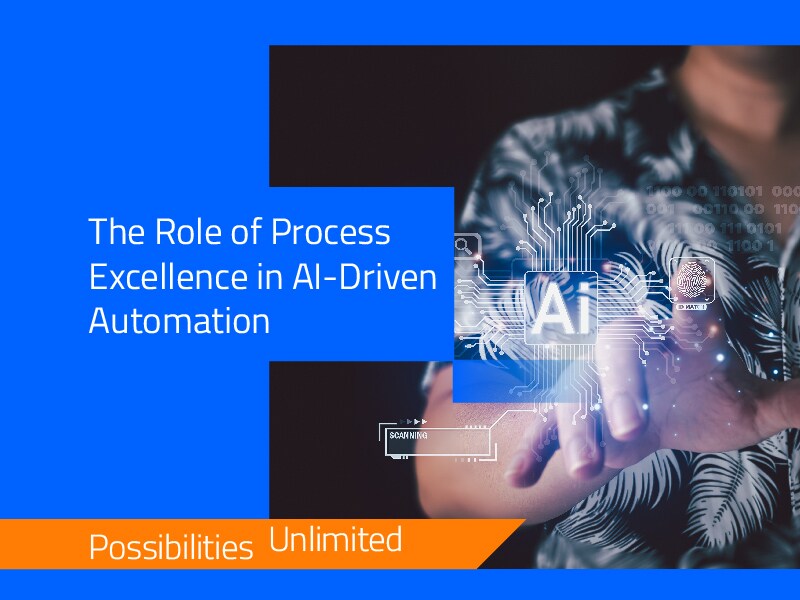Home > Blogs > Articial Intelligence’s Role in Digital Banking
Articial Intelligence’s Role in Digital Banking

Artificial Intelligence and Digital Banking: what is the correlation?
The first question which may arise is what has Artificial Intelligence (AI) got to do with Digital Banking? But does it surprise you to know that according to a survey conducted by Narrative Science in conjunction with the National Business Research Institute, 32% of financial services executives surveyed confirmed using AI technologies such as predictive analytics, recommendation engines, voice recognition and response. Thus the answer to me is simple – AI is the blood stream of digital banking i.e. without AI there is no digital banking.. Let’s try and understand this context a little better. One of the pillars of digital banking is to put the customer in the center of any banking interaction. Let’s try and imagine how this happens in a digital interaction say in Amazon. As soon as you log into Amazon, you get a summary with the following information:
So what is Amazon trying to do?They are trying to understand your buying behavior vis-à-vis similar patterns by customers like you and thus are proactively trying to suggest the best thing for you to do based on this understanding built on AI. There are a couple of elements of AI at work: predictive intelligence, deep learning and cognitive intelligence. In layman’s terminology, all this is trying to mimic the way we (humans) think –
Now the Amazon experience could be bettered by a bank which has much more information on the customer. Bank has a lot of structured and unstructured information internal to the bank about a customer’s buying and usage behavior. All the customer does as part of his entire lifestyle in many ways gets captured in the transactions / touch points the customer interacts with every day in his life. He/ She uses Amazon to buy electronics finally ends with the customer realizing the same with a banking transaction using a debit/credit card to complete the transaction. Now the bank has the structured data that the transaction happened in Amazon, and has the unstructured data (in the transaction description) which is the provider for the article purchased (which can be tagged to what that provider essentially deals with). Here the bank has the edge of knowing what he bought from Amazon, Walmart, Best Buy etc. and then use artificial intelligence to look at the specific customer’s buying behavior and match it with similar patterns of similar customers and then suggest the next best product to buy, from a merchant who will give him a better deal and also the bank that will give discount if a specific instrument is used for making the purchase.
According to Analysts ‘Smart Advisors’ driven by AI would be a huge area of impact in banks – there would be advisors both for customers as well as the bank executive supporting the customer. This would change the entire face of product selling and servicing in a financial institution. Smart advisor would be a robot which driven by Natural Language Processing capabilities (NLP) and the intelligence would be driven by machine learning AI models which would drive its intelligence. It would provide the intelligent output through chatbots or voicebots as the case maybe. Thus these AI driven capabilities would be basically the ‘Aladdin’s Genie’ for the customer or the executive of the bank. An Asian giant has launched a digital-only bank which uses chatbots to provide each customer with a very differentiated intelligent advisory on product and service usage.
AI is becoming a very common tool in fraud management and anti-money laundering (AML) areas as well. Here also using data from diverse sources, using both structured and unstructured data, the endeavor is to find out if the transaction happening follows the pattern undertaken by the customer. The pattern arises from the type of transaction, region, time, the purpose of the transaction, the transaction initiators machine identifiers etc. all to understand whether it fits into a pattern which is usual with this customer (or customer’s like him) or if there is anything out of place. As soon something is detected to be out of place, it raises an internal alarm, takes action to gather more information on the transaction perpetrator and tries to match with the identity of the customer associated with the account. If this does not match, the transactions are barred from proceeding. All this is done in milliseconds with the AI engines working vigorously in the background. The tool or intelligence is considered better when there are less of false positives and this is tied to the maturity of the algorithms being used.
AI can transform boring tasks which are people intensive and take place in the back office of banks into routines of algorithms that help in improving productivity phenomenally. But this is a sensitive area as it needs a cultural change in banks. But many repetitive processes can be put into the domain of AI robots who can easily learn the process, for e.g. reconciliation process for ATM transaction takes data from 4 different subsystems in a bank and runs matching rules to tick off the transactions which exactly match. When there is a mismatch, human beings apply patterns (which is based on their intelligence) to figure out whether it matches with the patterns applied. With AI robots can be trained on these patterns, and the more they learn, the better they become at matching based on those patterns. With Advanced AI they can go beyond well set patterns and can predict a particular reconciliation need which may have happened due to some peculiar circumstances on that particular day. Advanced AI can predict what would be the impact of a hurricane on a particular set of companies and thus can help equity traders with buy or sell decision for those bourses.
Digital Marketing (you can look at banks becoming Amazon) is another area where we think there would be a huge impact in terms of AI in banking. As the mantra of life style banking (embed banking into everyday life actions of consumers) spreads, digital marketing driven by AI would be extensively used by banks to sell not only bank wares but extended bank wares as well. For e.g. concierge service for booking a restaurant for your wedding anniversary and making sure you have a limousine booked to take you there. The restaurant is the highest rated one of the cuisine which you most frequently dine/ order outside and where the bank has the tie up to provide you a significant anniversary discount. Such offers would be identified for you specifically using AI, and delivered to you using digital content marketing tools in the channel of your choice (which again is AI driven).
But there are significant challenges in converting the AI vision into a reality. The first of the challenges is the data challenges which is internal to the bank. Many banks (especially the larger ones) have BI and DWH practices. But the existing data quality within the bank is itself a challenge, and thus to use that data and provide correct insights is a bigger challenge. The second significant challenge is that data from each system is so varied, that a lot of massaging is required before a meaningful whole can be made of a single customer’s data from myriad systems. This means it takes time and significant amount of processing before an insight is generated for the customer. The passage of time means that the insight loses its significance as the context may have changed. Secondly, in banks there is a tremendous amount of human resistance to AI and automation. The reason is very human. Bank employees feel very threatened in terms of their job when thinking of implementing such technologies which may eventually replace them. This is a very real fear, and thus it leads to many of the projects falling through because of the severe resistance and non-cooperation in implementation of such projects. But challenges of this nature are nothing very different from what we had encountered while implementing core banking solution for the first time. So the response to the challenge is also very similar. Show the advantages of implementing such a technology, positive impact on bottom lines, hence salary etc. Not only that, it makes them more relevant in the market because they have implemented something that would be adopted by all in the future.
Every industry, every RFP is asking what we can do as a solution vendor to help in achieving their drive to achieve AI and seamless automation. This means this is a future direction which is very important for the banks for the future. As more and more banks implement it and learn to benefit from the same, we will have more and more proven case studies about their success. It would become a norm for all banks to follow suit (though the degree of sophistication for each of them would be different). Statistics predict almost a 70-80% increase in AI and automation projects in next 3 years.
Thus the banks that want to be ahead of the curve should start the process now. The process steps are very simple. Identify on one hand your readiness with the data, and how you can move in the journey of providing clean data and then next in priority would be to provide clean data online, real time. Once this is identified the next step is to try and identify the use cases or business scenarios which could be used to serve as a pilot for the bank. A pilot is important because not only it proves that the idea works, but it helps in bringing the nay-sayers onto your side. This also helps in breaking down resistance because the real value is felt. While the pilot is running it is important to identify those additional areas which would be required as a minimal mass, to put together for putting the first set onto production. Thus once the pilot is a success, it is time to jump with all the use cases to be made ready for production. This is the minimal viable set which should be in production to start bringing in the benefit of the digital strategy to the end customer as well as the bank in terms of selling/ servicing more for less.


Chandramouli Kundagrami
Senior Industry Principal, Product Strategy, Infosys Finacle
More blogs from Chandramouli Kundagrami >